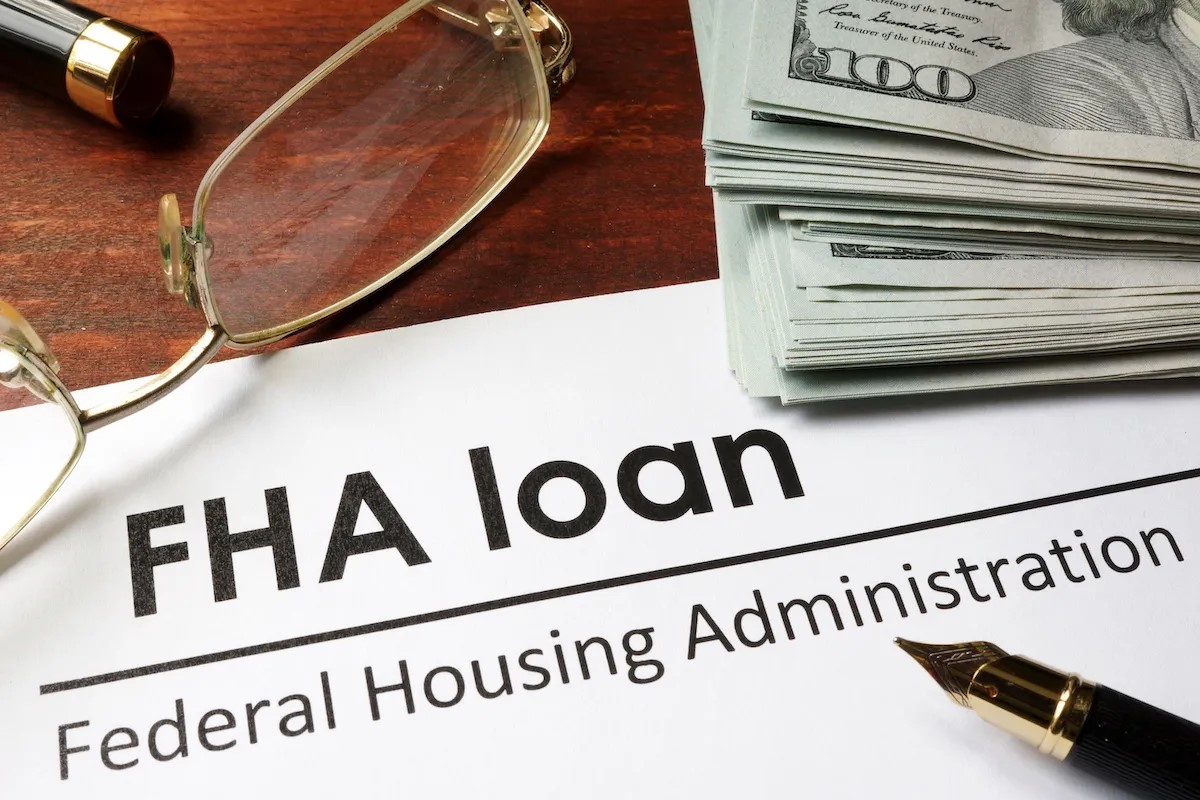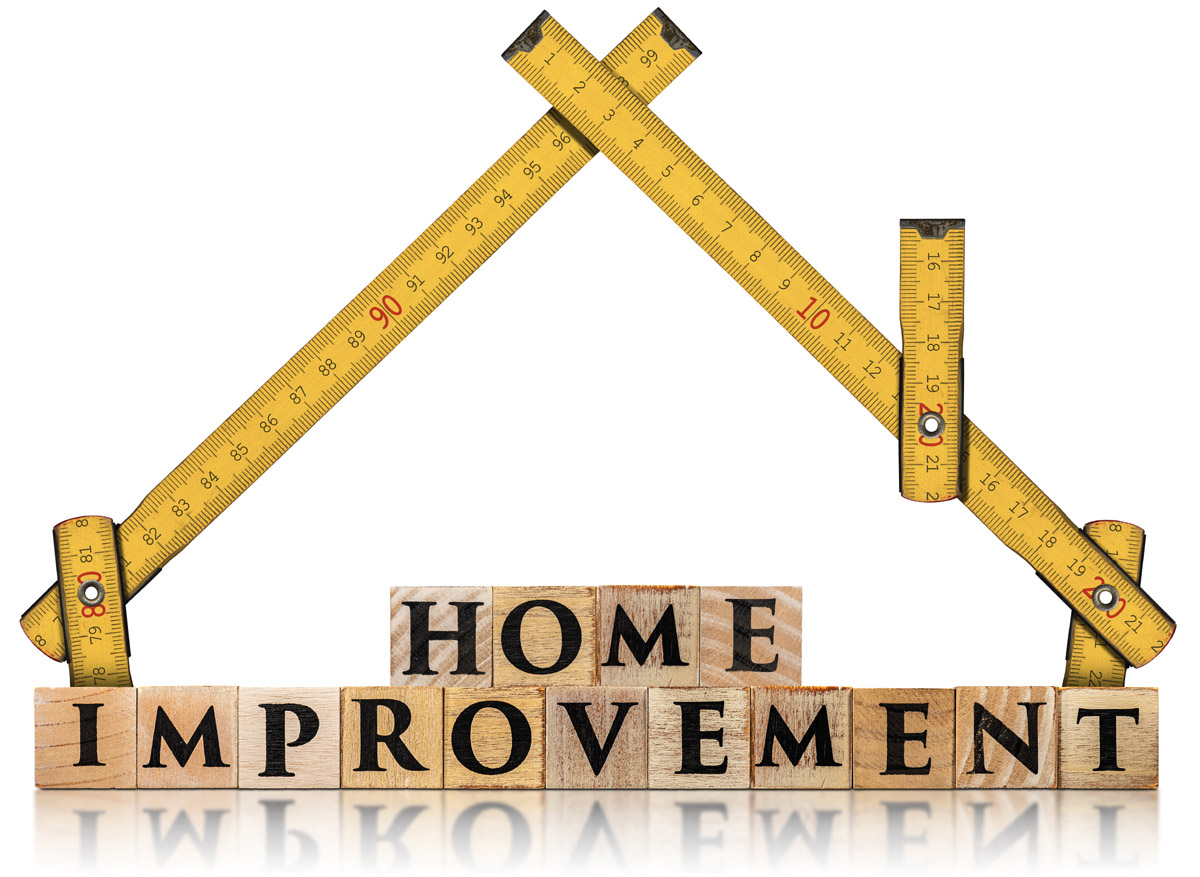Home>Renovation & DIY>Home Renovation Guides>What Is The Difference Between Home Equity And Home Improvement Loans


Home Renovation Guides
What Is The Difference Between Home Equity And Home Improvement Loans
Modified: January 9, 2024
Learn the distinction between home equity and home improvement loans with our comprehensive home renovation guide. Make informed decisions for your next project.
(Many of the links in this article redirect to a specific reviewed product. Your purchase of these products through affiliate links helps to generate commission for Storables.com, at no extra cost. Learn more)
Introduction
Welcome to the world of home renovation! Whether you’re considering a complete overhaul or just looking to spruce up a few rooms, the prospect of transforming your living space can be both thrilling and daunting. As you embark on this journey, you’ll likely encounter the need for financial support to turn your renovation dreams into reality. This is where home equity loans and home improvement loans come into play.
Understanding the nuances of these two types of loans is crucial for making informed decisions about how to fund your home renovation project. In this comprehensive guide, we’ll delve into the intricacies of home equity loans and home improvement loans, exploring their differences, benefits, and considerations. By the end of this article, you’ll be equipped with the knowledge to confidently choose the financing option that best aligns with your renovation goals and financial circumstances.
Key Takeaways:
- Home equity loans leverage your home’s value for large renovations, while home improvement loans offer flexibility for smaller projects and homeowners with limited equity. Choose based on your renovation scope and financial position.
- Carefully consider tax benefits, risk tolerance, and financial flexibility when choosing between home equity and home improvement loans. Understand your needs and make an informed decision for a successful renovation journey.
Home Equity Loans
Home equity loans, also known as second mortgages, offer homeowners the opportunity to borrow against the equity they have built up in their property. Equity represents the portion of the home’s value that the homeowner truly owns, calculated as the property’s market value minus any outstanding mortgage balance. These loans are typically structured as lump-sum payments, providing borrowers with a substantial amount of money upfront.
One of the primary advantages of a home equity loan is the potential for securing a substantial sum of money at a relatively low interest rate. This is due to the fact that the loan is secured by the value of the property, making it less risky for lenders. Additionally, the interest paid on a home equity loan may be tax-deductible, providing potential financial benefits for borrowers.
Home equity loans are well-suited for large-scale renovation projects with substantial upfront costs, such as adding a new wing to the house or completely remodeling the kitchen. The fixed interest rates and predictable monthly payments make it easier for borrowers to budget and plan for the repayment of the loan over time.
It’s important to note that home equity loans involve using your home as collateral. This means that if you’re unable to make the required payments, you risk losing your home to foreclosure. As such, careful consideration and financial planning are essential before pursuing a home equity loan.
Home Improvement Loans
Home improvement loans, also referred to as renovation loans, are specifically designed to fund home enhancement projects. Unlike home equity loans, which leverage the existing equity in a property, home improvement loans are unsecured or secured by the home improvement project itself. These loans offer flexibility in terms of borrowing amounts and repayment terms, making them an attractive option for various renovation endeavors.
One of the key advantages of home improvement loans is the accessibility they provide to homeowners who may not have significant equity in their properties. This makes them a viable option for individuals who have recently purchased a home or have been diligently paying down their mortgage but have not yet accrued substantial equity.
Home improvement loans come in various forms, including personal loans, home equity lines of credit (HELOC), and government-backed loans such as FHA Title 1 loans. Each type of loan has its own set of terms, interest rates, and eligibility criteria, allowing homeowners to choose the option that best suits their financial situation and renovation plans.
These loans are particularly advantageous for smaller to medium-sized renovation projects, such as bathroom remodels, landscaping enhancements, or installing energy-efficient upgrades. The ability to borrow smaller amounts and repay them over a shorter term can make home improvement loans a practical choice for homeowners seeking to enhance specific areas of their property without taking on a substantial long-term financial commitment.
It’s important to carefully evaluate the terms and conditions of home improvement loans, considering factors such as interest rates, repayment schedules, and any associated fees. By doing so, homeowners can make informed decisions about the most suitable financing option for their renovation needs, ensuring that the loan aligns with their budget and long-term financial goals.
When considering a home equity loan, remember that it uses your home as collateral and typically has a lower interest rate, while a home improvement loan is unsecured and may have a higher interest rate. Always compare the terms and consider the potential risks before making a decision.
Key Differences
While both home equity loans and home improvement loans serve as valuable financial tools for funding renovation projects, they differ in several key aspects, each catering to distinct homeowner needs and financial circumstances.
- Collateral: Home equity loans are secured by the equity in the home, providing lenders with a level of security that often results in lower interest rates. In contrast, home improvement loans may be unsecured or secured by the specific renovation project, offering flexibility for homeowners who may not have substantial equity.
- Borrowing Limits: Home equity loans typically allow homeowners to borrow a larger sum of money, reflecting the accumulated equity in the property. Home improvement loans, on the other hand, may have lower borrowing limits, making them suitable for smaller to medium-sized renovation projects.
- Interest Rates: Due to the secured nature of home equity loans, they often come with lower interest rates compared to home improvement loans, which may carry higher rates, especially for unsecured options.
- Repayment Terms: Home equity loans commonly feature fixed repayment terms, with predictable monthly payments over a set period. Home improvement loans offer more flexibility in terms of repayment, with varying options for repayment schedules and loan terms.
- Tax Implications: Interest paid on a home equity loan may be tax-deductible if the funds are used to improve, buy, or build a home, providing potential tax benefits for homeowners. Home improvement loan interest deductibility may vary based on the specific loan type and usage.
Understanding these differences is essential for homeowners seeking to finance their renovation projects. By evaluating their specific renovation needs, financial standing, and long-term goals, individuals can make informed decisions about the most suitable loan option for their unique circumstances.
Choosing the Right Loan for You
As you embark on your home renovation journey, selecting the appropriate financing option is a critical decision that can significantly impact the overall success and financial implications of your project. To determine the right loan for your renovation needs, consider the following factors:
- Scope of Renovation: Assess the scale and cost of your renovation project. If you’re undertaking a major overhaul that requires a substantial upfront investment, a home equity loan may provide the necessary funds at a lower interest rate, making it a suitable choice for extensive renovations.
- Equity Position: Evaluate the equity you have built up in your home. If you have significant equity, a home equity loan can leverage this asset to secure a larger loan amount with favorable terms. For homeowners with limited equity, exploring the options offered by home improvement loans may be more practical.
- Financial Flexibility: Consider your financial stability and flexibility. Home improvement loans offer a range of borrowing amounts and repayment terms, catering to homeowners with varying financial circumstances. If you prefer more flexibility in repayment and borrowing options, a home improvement loan may align better with your preferences.
- Tax Considerations: Take into account the potential tax benefits associated with each loan type. If you intend to utilize the funds for home improvements that qualify for tax-deductible interest, a home equity loan may offer advantageous tax implications. However, it’s crucial to consult with a tax professional to understand the specific tax implications based on your individual circumstances.
- Risk Tolerance: Evaluate your comfort level with using your home as collateral. Home equity loans involve placing your property at risk, while certain home improvement loans may offer unsecured options, minimizing the risk to your home. Assess your risk tolerance and prioritize financial security when selecting the most suitable loan.
By carefully considering these factors and weighing the advantages of each loan type in relation to your renovation goals and financial situation, you can make an informed decision that aligns with your needs and sets the stage for a successful home renovation experience.
Conclusion
Embarking on a home renovation project is an exciting endeavor that can breathe new life into your living space and enhance the comfort and functionality of your home. When it comes to financing your renovation, the choice between a home equity loan and a home improvement loan hinges on various factors, including your equity position, the scope of your renovation, and your financial preferences.
Home equity loans offer the advantage of leveraging the equity in your home to secure a substantial loan amount with favorable interest rates, making them well-suited for extensive renovations and homeowners with significant equity. On the other hand, home improvement loans provide flexibility in borrowing amounts and repayment terms, catering to a wide range of renovation projects and homeowners with varying financial circumstances.
Ultimately, the key to choosing the right loan lies in understanding your renovation needs, evaluating your financial standing, and carefully weighing the benefits and considerations of each loan type. By taking a thoughtful and informed approach to selecting the most suitable financing option, you can embark on your renovation journey with confidence, knowing that your chosen loan aligns with your goals and sets the stage for a successful and rewarding home transformation.
Whether you opt for a home equity loan to fund a large-scale renovation or choose a home improvement loan for a specific enhancement project, the financing decision you make plays a pivotal role in shaping the outcome of your renovation. By leveraging the insights shared in this guide, you’re empowered to navigate the realm of home renovation financing with clarity and make a choice that paves the way for a revitalized and rejuvenated living space.
Frequently Asked Questions about What Is The Difference Between Home Equity And Home Improvement Loans
Was this page helpful?
At Storables.com, we guarantee accurate and reliable information. Our content, validated by Expert Board Contributors, is crafted following stringent Editorial Policies. We're committed to providing you with well-researched, expert-backed insights for all your informational needs.















0 thoughts on “What Is The Difference Between Home Equity And Home Improvement Loans”